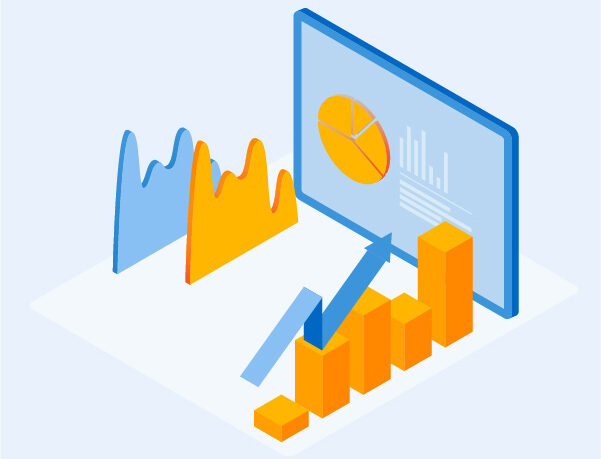Home inspection websites, like all other websites, can suffer drops in search engine rankings leading to loss of traffic and, subsequently, lost business. If you’ve noticed that your website traffic and rankings are suffering, then let’s fix it by tackling 8 potential reasons for the drop.
1. Wrong Keywords
Relevance of keywords changes over time. So, if your website has been online for a long time, then it may have become irrelevant. Ten years ago you may have embarked on an SEO campaign and redeveloped your site content to target keywords that were trending at the time, like craftsman inspired homes. But all trends ebb and flow and so it may be time to take a look at your keyword profile and modify your targets. If you want to get an idea of what’s trending in the home inspection space, check out Google Trends for some guidance. Have some more fun by checking out each year’s hottest trend from 2000 – 2019.
2. Technical Keywords
If you’re content is chocked full of industry terminology or technical language, then you might be missing the mark. As with Inspection Reports, it’s important to develop your content in a way that most people can understand. Refer to common terminology when referencing specific issues, inspection techniques, or service offerings. It’s also important to use the language that your service area uses.
3. Lost Links
Links continue to be one of the most important ranking factors use by search engines. Links include, internal links (links within your site from page to page), external links (links from your site to other sites), and inbound links (links to your site from other sites, aka “backlinks”). Links are how search engines discover new content and how they judge content quality. You can think of a link like a vote. If someone likes your site and content, then they link to it, essentially giving their stamp of approval.
But over time links can be lost or broken. Broken links typically occur when there’s been a site change, either your site or the site you’re linking to. If you update your website, but forget to change all the internal links, then you’ll get some broken links. If a site you link to removes the page you were linking to, then you’ll get a broken link. Broken links hurt the experience of your site visitors and in turn will reduce traffic and your search engine ranking.
Broken backlinks can occur when another site that was linking to your site finds better content somewhere else. Backlinks can also be lost if your site is redesigned and you move the page the other site was linking to.
Because your site’s link profile is always changing, it’s important to develop a strategy for monitoring your links. Link monitoring and repair is included in our Hosting + plan.
4. Competitor Improvements
If you’re on top of your SEO game, but you still notice a slip in rankings, it could be because your competitors are upping their game and are now snagging your traffic. Maybe they’ve increased their social media activity, developed a better link building strategy, or boosted their content marketing. Whatever the case it’s important to monitor their activity and if their strategy is working, you can make some of the same changes – only better.
5. Metadata
One of the main ways that search engines determine what your site is about is by using the metadata your site provides. Types of metadata that you should ensure are optimized include, title tag, headers, and meta descriptions. Each of these pieces of data should include your targeted keywords while describing for site visitors and search engines exactly what your site provides. For example if one of your website pages describes the type of home inspection services you offer, then your <h1> header tag might be “Home Inspection Services”. Don’t over think it. Think about what your client’s might be searching for (search intent).
Consistency is key when developing your metadata. If it’s inconsistent, then you may send conflicting signals to search engines and site visitors, leading to lower rankings and lower conversion rates.
6. Algorithm Changes
Search engines are constantly working to improve search performance through algorithmic changes. An algorithm is simply a process for solving a problem. You site could have been hurt by a recent algorithm change, such as when Google moved to mobile first indexing. You can avoid or delay the negative impacts of these changes by developing a sound cross-channel marketing strategy that includes social media, PR outreach, guest posting, etc…
7. Page Speed
A speedy site is important not simply for search rankings, but also for visitor experience. High bounce rates are directly related to slow page load times. Why? People are impatient and won’t stick around when there are other alternatives. Slow sites with high bounce rates will rank lower than faster sites. If you want to check your site’s speed, Google offers a nice little PageSpeed Tool. It even offers improvement ideas.
8. Broken Redirects
Similar to broken links, broken 301 redirects can adversely affect your site’s ranking and user experience. If you are launching a new site, migrating to a new server, or changing the structure of your home inspection website, then you’ll likely see a dip in rankings without a solid 301 redirect plan.
A 301 redirect is similar to a “change of address” that you submit to the post office when you move to a new home or business location. It let’s visitors know that you’re no longer at the old address and it redirects them to the new address.







